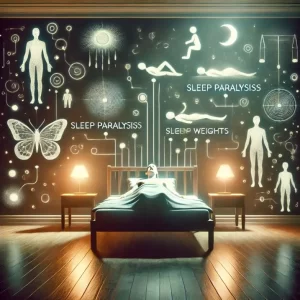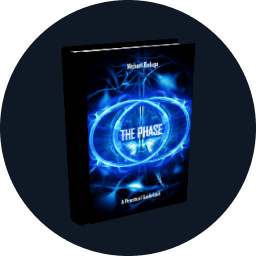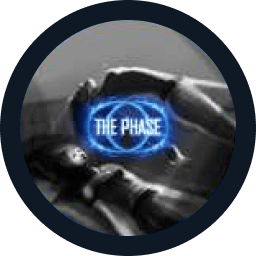Lucid Dreaming Mask – Improve the Quality of Your Practices
Lucid Dreaming App – Dream Diary, Social Network and Monitoring of Your Dreams
Sleep paralysis is a condition where, upon waking, your muscles stop working. There are different types of sleep paralysis, which we’ll explore in detail below.
The First Mentions of Sleep Paralysis
The earliest medical records of sleep paralysis come from Persian texts believed to have been written back in the 9th century. However, the information provided by these texts is quite vague. More detailed descriptions appeared later. In 1664, a Dutch physician published a collection called “The Disease Stories.” Of particular interest to researchers of sleep paralysis is the story called “Night-Mare,” which describes nightmares experienced by a 50-year-old woman. At the time, this condition wasn’t categorized into different forms of sleep paralysis, nor did it have a specific medical description. Up until the 19th century, it was thought that a person who experienced sleep paralysis had become possessed or that a demon had entered them, leading to muscle atrophy.
In some countries, ideas about possession became so ingrained in society that they became part of the language. For example, the word “nightmare” is derived from “Mare,” which is the name given to a demon believed to create bad dreams. Such demons have different names across cultures:
- Ancient Europe – Mare
- Italy – Pandafeche
- Japan – Kanashibari
- Russia – Domovoi
- Arab countries – Jinn
Although the names are different, the descriptions of the symptoms of “demonic influences” are similar in every country.
How Common Is Sleep Paralysis?
Regardless of the existence of different kinds of sleep paralysis, it’s a widespread phenomenon. American scientists conducted studies showing that about 8% of people experience this condition at least once in their lives. Sleep paralysis occurs most frequently among students (28% of cases) and people with mental disorders (32%).
In 2020, a study yielded the following results:
- 89% of participants had experienced a phasic state at least once in their lives
- 37% often experienced such states
- 71% had lucid dreams
- 24% had experienced sleep paralysis
Sleep paralysis, lucid dreams, and other similar specific states are commonly referred to as the Phase. In the experiment mentioned above, several researchers went out into the street and asked passersby about sleep paralysis or other similar phenomena. They recorded people’s responses and noted characteristic features in each explanation. Considering that the statistics listed above align with those reported in other studies, the experiment’s results can be considered accurate.
Types of Sleep Paralysis
All types of sleep paralysis are unpleasant, but they also pass quickly. They occur when falling asleep and upon awakening. Despite the similarities of different types of sleep paralysis, they also have unique features.
Sleep Paralysis When Falling Asleep
This happens when consciousness transitions into REM sleep phase. If a person is in a normal state without stress or other issues, the brain disables the control option a few seconds before paralysis, making it almost impossible to remember the episode. This type is characterized by:
- Motor disturbances (e.g., realizing you can’t move your arm)
- Slow responses to brain signals (e.g., you want to move your hand but can do so only with great difficulty).
- In some cases, auditory hallucinations or the illusion of loud sounds
These symptoms pass quickly, after which the person drifts into sleep. These episodes are hard to recall, which is one reason why many people think they’ve never had sleep paralysis.
Sleep Paralysis Upon Awakening
This is the most common kind. It’s accompanied by symptoms like:
- Unusual fear (e.g., of death or a nonexistent monster)
- A sensation of choking or a lack of air (90% of such cases occur because the person is sleeping on their stomach)
- Hearing a strange voice nearby that isn’t actually there
- Momentary disorientation in space
- Uncontrolled and abrupt limb movements (parasomnia)
Such phenomena are frightening, motivating the person to try to wake up as quickly as possible. The process is often accompanied by groans or twitches that can be explained by psycho-emotional outbursts.
Conclusions
Based on surveys:
- 100% of people are aware of sleep paralysis
- 62.5% have not experienced the phenomenon
- 31.3% have experienced symptoms resembling those that characterize sleep paralysis
- 6.3% are unsure if they’ve ever experienced sleep paralysis
This information is very important and should be given more attention. People need to know what sleep paralysis is and receive scientifically verified information about it. For example, someone who finds it hard to distinguish the Phase from wakefulness could benefit from such information, as they might otherwise think everything is happening in reality, which could disrupt their psycho-emotional state.
Sleep paralysis doesn’t require treatment unless accompanied by a recurring and unfounded fear.
Best Books About Lucid Dreaming
FAQ
Recommended reading
Sleep paralysis – What is it, and how does it manifest itself?
How to get rid of sleep paralysis
Sleep Paralysis – How to Induce Step-by-Step with Indirect Techniques
Sleep paralysis: What it is and how to stop it – Best explanation on the internet









